This Mexican State Offers Powdery Beaches, Mayan Ruins, and a Stunning Flamingo Preserve
From the beautiful beaches to the ancient ruins, here's why you should plan a visit to Mexico's Yucatan state.
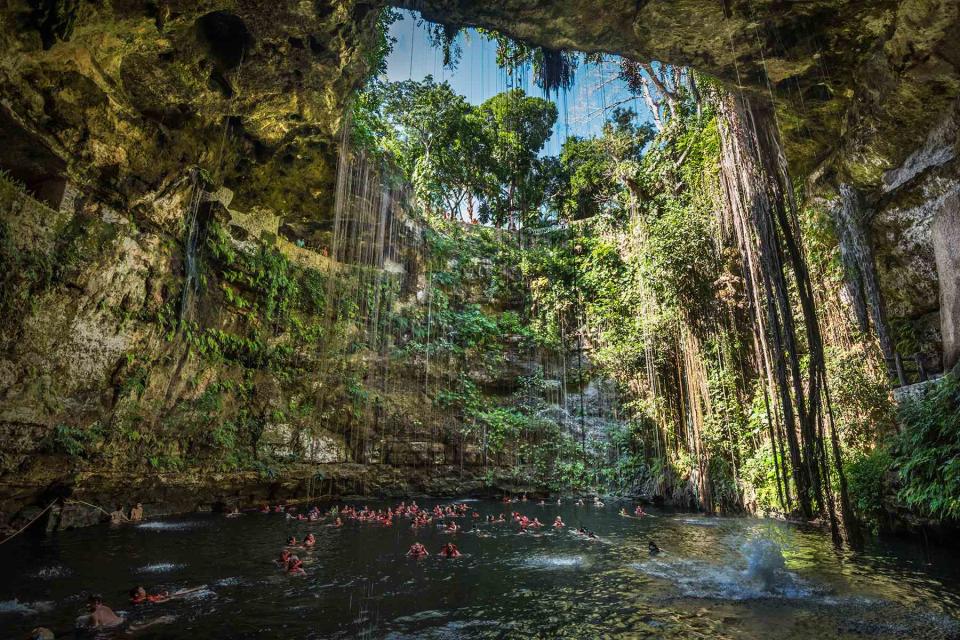
This could have been a story about anywhere. What I mean by that is that this love affair had little to do with the place itself, but more of what it represented. That's how it goes with many first loves, doesn't it? It really could have been anyone, but there's always something about someone who was a "first."
I first visited the state of Yucatan as a 20-something on a solo backpacking trip around Mexico. The four-month adventure was built around discovering wild, windswept beaches, filling my belly with salsa-drenched street food late at night underneath fluorescent lights, plunging into thick jungles to climb centuries-old ruins, and meeting other digital nomads over strong mezcal and swapped stories. So, yes, this could have been a story about anywhere as I took these first steps into falling in love with Mexico. Fortunately, for me, it started in Yucatan.
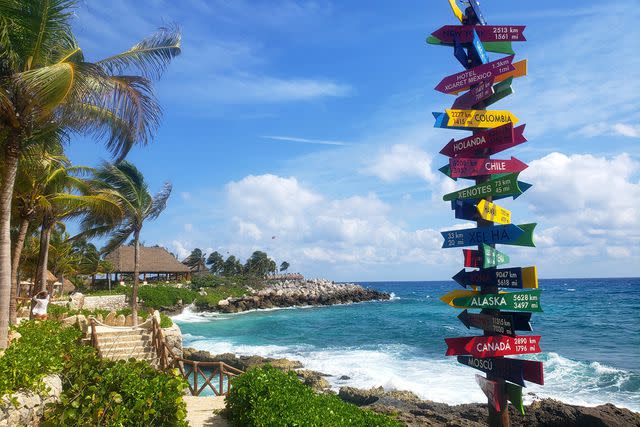
I hopped the bus from Playa del Carmen, where I had just attended the BPM music festival (the last one held in Playa del Carmen, actually, after a tragic shooting at the Blue Parrot nightclub shuttered the event in its home base forever. You can still see the abandoned skeleton of the club, which stands in the city.)
As a travel writer with a focus on Mexico, I had experienced Cancun and Playa del Carmen dozens of times. The all-inclusive resorts, trendy restaurants, and complete lack of need for any Spanish language were old hat to me. This bus journey marked my first foray into the unknown. How could I say I was a haughtily self-proclaimed "Mexpert" if all I did was stick to the tourist trail? So, I headed north to the city of Mérida, the capital of the Yucatan state. Back in 2017, Mérida was beyond a rising destination, but it was a far cry from the popularity of places like Cancun and Puerto Vallarta.
Mérida is the doorway to the Yucatan. This centuries-old colonial city was an important stronghold for the Mayan people, as well as the Spanish, who built over that history and started their own. Dating back between 1562 and 1599, the Catedral de Mérida, the oldest church in the continental Americas, was built here. It sits just off the Plaza Grande. But the Yucatan's history stretches back even further — millions of years — as it was just off the shores of the peninsula where the asteroid that wiped out the dinosaurs struck.
Today, Mérida is a vibrant, dynamic destination peppered with plazas and veined with broad, tree-lined boulevards like Paseo de Montejo. A trip to Mérida should begin here, as it's one of the most prominent and important avenues in the city. Inspired by the Champs-Elysees, it features several roundabouts and is flanked by ornately decorated 19th-century mansions. Some of the city's best museums, including the Museum of Anthropology and Casa Museo Quinta Montes Molina, can be found here. And many of the homes are open for history tours as well.
Related:Why Your Next Trip to Mexico Should Go Beyond the Obvious Hot Spots
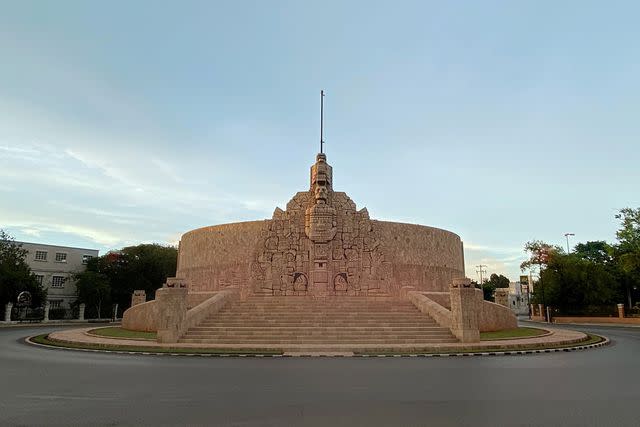
My first trip to Mérida took me to a hostel on Calle 60, another important artery in the city, tucked behind Paseo de Montejo in the Centro Historico. Back then, the area was lively with backpackers. But after returning in November 2021, the city was showing signs of digital nomad gentrification. The quiet Mercado 60 that I discovered five years prior was redone as a bustling outdoor food park, with stalls selling everything from traditional Yucatecan fare and steak to pizza, burgers, and wings. Weekly live music and events, like beer yoga, pulled in both locals and visitors, signaling Mérida's rising class of young, wealthy professionals.
The restaurant game in Mérida is exceptional. It was for this very reason, in 2017, that I decided to extend my stay in the city. Initially, it was supposed to be a two-night visit before I set off west toward Campeche. But I ended up staying for five nights, thanks to the food. I discovered a small breakfast spot, called El Barrio. My first morning in Mérida, I showed up and was the only person in the restaurant. I tucked into a decadent huevos rancheros, bathed in salsa ranchera and topped with spicy sausage, queso fresco, and avocado. One bite and I was hooked with a feverish need to return every morning to try everything else on the menu. The restaurant is still there today, but the menu looks different from what I remember. A changeover in original ownership is the reason for that, but I have no doubt the quality is exactly the same.
Related:10 Places in Mexico Where the Locals Love to Go
Beyond El Barrio, restaurants like the one at charming Rosas y Xocolate Boutique Hotel raise the bar on haute Yucatecan fare. Others, like Salon Gallos, blend Mexican flavors with Lebanese ingredients. In fact, Lebanese traditions are important in Yucatecan food, like kibbeh cooked with minced beef and onion, taquitos made with grape leaves, and tacos arabe, which uses pita instead of tortillas. Why? The Lebanese immigrated to Yucatan's Puerto Progreso as they fled the Ottoman occupation of Lebanon.
But you'll also find the typical street carts and hole-in-the-wall restaurants that may come to mind when you think of Mexico. These spots sling regional delicacies, like the famed cochinita pibil, sopa de lima, panuchos de pavo, and huevos motuleños. Many of these specialities can trace their lineage back to the Maya. So, yes, you will eat well in Mérida — and in Yucatan, in general.
Related:10 Small Towns in Mexico for Natural Beauty, Arts, Culture, and Tequila
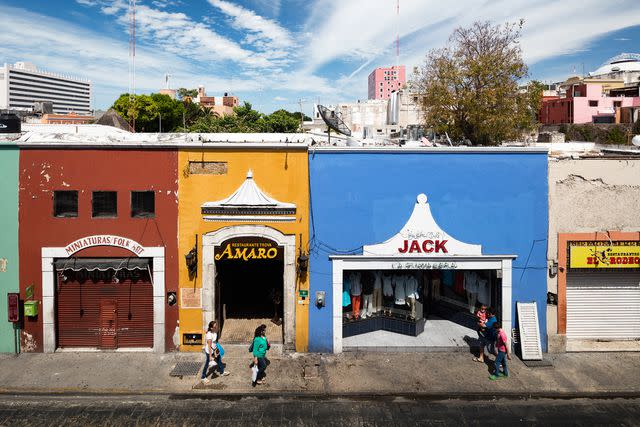
Beyond the beauty of Mérida's cobblestone streets, 16th-century Spanish architecture, and one-story buildings splashed in colors like lime, turquoise, and ochre, there's much more.
Let's take the beaches, for example. Yucatan has a northern coast that rims the Gulf of Mexico. Those same sun-bleached beaches and warm, translucent waters that draw you to the Riviera Maya? They're in Yucatan, only far more subdued. Don't expect a slew of all-inclusive resorts — the coast here keeps things boutique, eco-friendly, and sustainable.
But bear in mind that the main coastal city, Puerto Progreso, is very much a burgeoning cruise destination, so the crowds may follow. But, for now, surrounding villages like Celestún and Sisal keep the vibe sleepy, the aesthetic palm-fringed, and the pace slow. If your idea of a perfect Mexico beach vacation involves kicking off your shoes underneath a thatched palapa with an icy beer and a plate heaped high with fresh ceviche, the Yucatan coast may be the place for you.
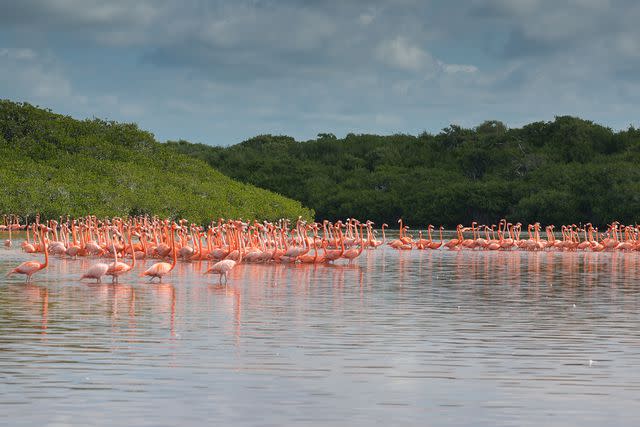
You can even negotiate with local water taxis to take you off into the Ría Celestún Biosphere Reserve to see the thousands of pink flamingos. In fact, the coast of Yucatan can be broken down into a turquoise and pink color scheme, especially if you plan to visit Las Coloradas. Chances are, you've seen it on Instagram — these bubble-gum pink lakes are the result of man-made salt production, but people flock from all over to see the contrast of the candy-colored pools against the neighboring turquoise sea.
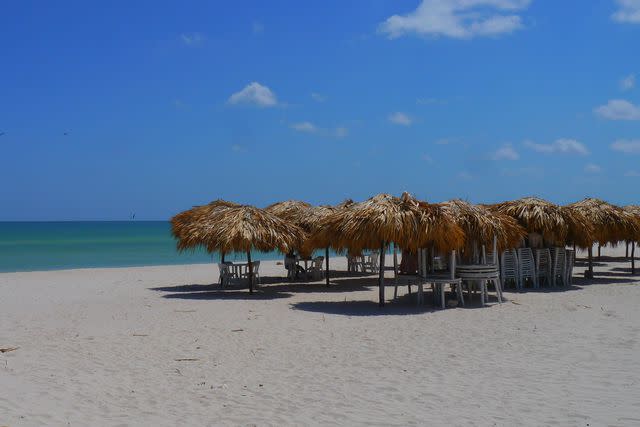
Then, there are the ruins of Yucatan. Chichen Itza — one of Mexico's most famous landmarks — is located in the state, and though it's indeed spectacular, it's only the tip of the iceberg when it comes to archeological treasures buried deep in the jungle.
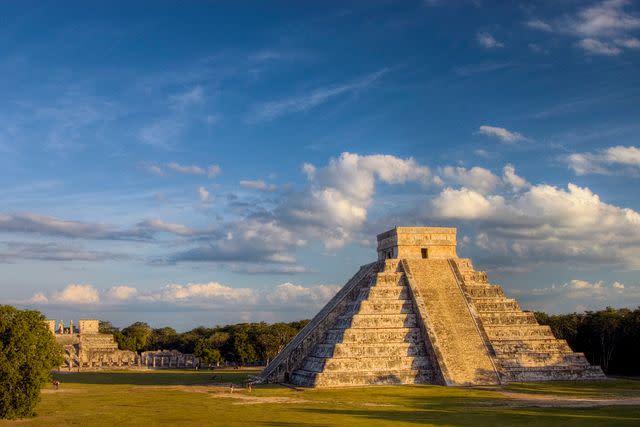
Back in 2017, I hopped on a bus for a day trip from Merida to Uxmal. This ancient Mayan city, one of the lesser-visited ruins in the country, is a UNESCO World Heritage site. It has some of the best examples of Mayan architecture, represented by the towering Pyramid of the Magician. Yucatan may very well be the gateway to other massive ruins in the region, like Calakmul in neighboring Campeche and Palenque in the state of Chiapas.
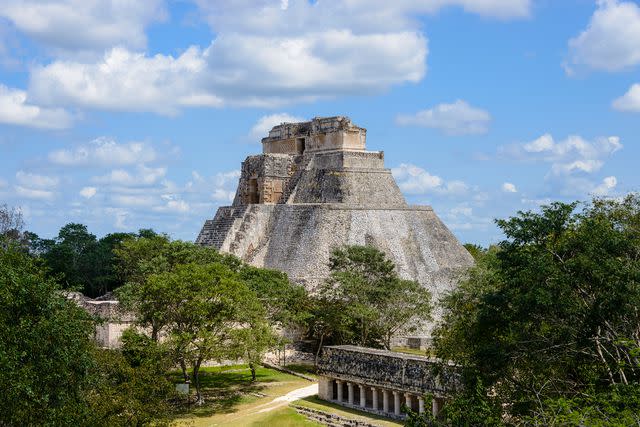
If you're interested in cenotes, some of the most beautiful can be found in Yucatan. The peninsula has about 3,000 known cenotes; these underground caves and river systems were vital to the Mayan tradition, as they were thought to be entrances to the underworld. Today, they're pristine, preserved examples of how the peninsula's fragile ecosystem operates. It's possible to swim, snorkel, and scuba dive in many of them, and the turquoise pools, surrounded by dangling vines and flooded with beams of sunlight, are any amateur photographer's dream.
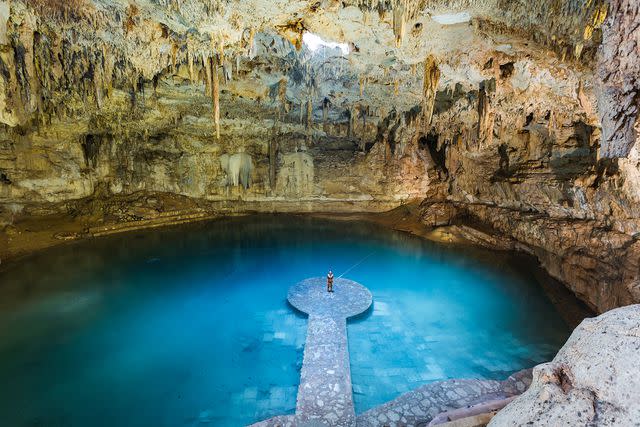
But while Yucatan may still be somewhat undiscovered by most mainstream travel standards, it's not immune to development and change. In the fall of 2021, the destination held one of the largest tourism conferences in the world, which drew significant media attention. Developments are in the works as we speak. Merida will be an important train hub upon the fast-approaching unveiling of the new Tren Maya, a high-speed rail service that will connect many important sites across the states within the Yucatan Peninsula. And Grupo Xcaret, which owns many theme parks and hotels in the state of Quintana Roo, developed one of its branded theme parks not far from Chichen Itza, called Xibalba, which created a manicured tourism circuit through a series of underground cenotes.
That's not to say this is a bad thing. Progress is inevitable and (hopefully) beneficial to the locals of Yucatan. But it will certainly be different. And while it's my job to shed light on the under-the-radar travel destinations around the world, it often feels like a little piece of me gets lost when I do. To see the places that helped shape me as a traveler — and lover of Mexico — plastered across Instagram is bittersweet, like looking at an old boyfriend who has found someone new to love their own things about him.
This is all to say that I probably would have fallen hard for any place in Mexico where I took these first steps. It has happened before. I fell for Mexico when I first discovered Puerto Vallarta in 2013. But Yucatan marked a shift in me as a writer, a traveler, and a person. It was, and continues to be, one of the many loves of my life.
For more Travel & Leisure news, make sure to sign up for our newsletter!
Read the original article on Travel & Leisure.

